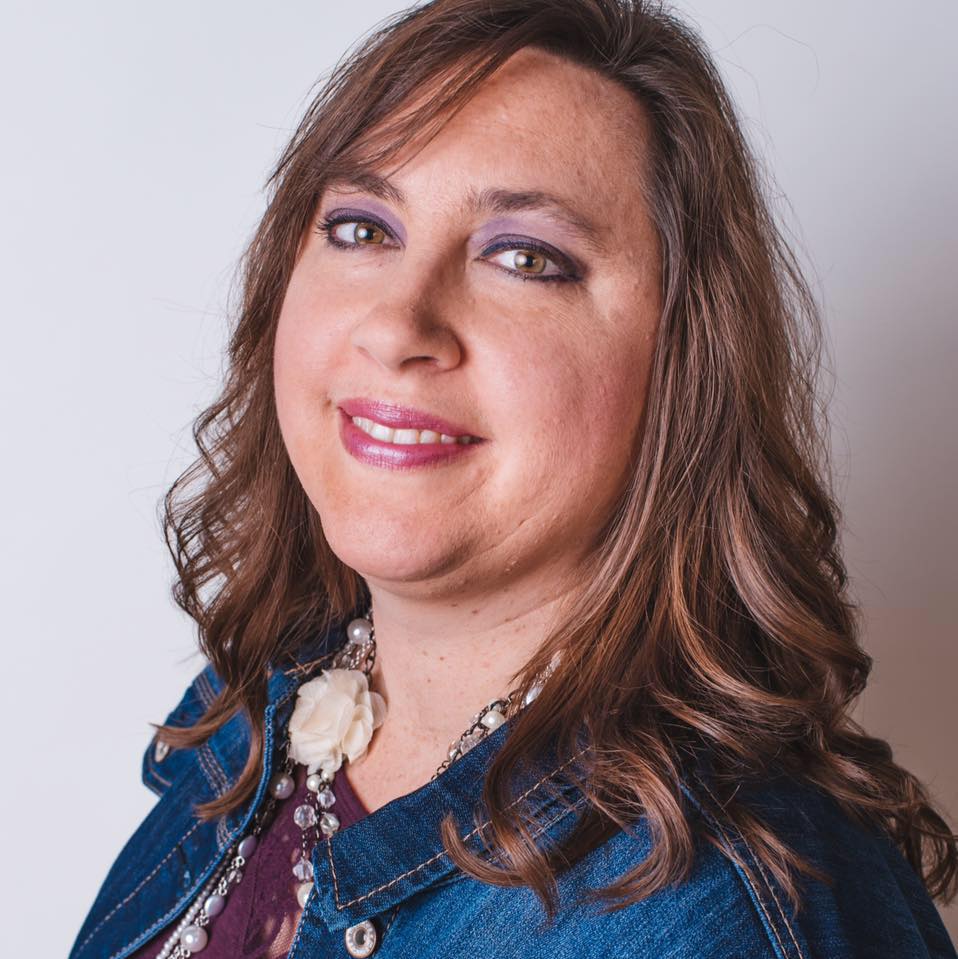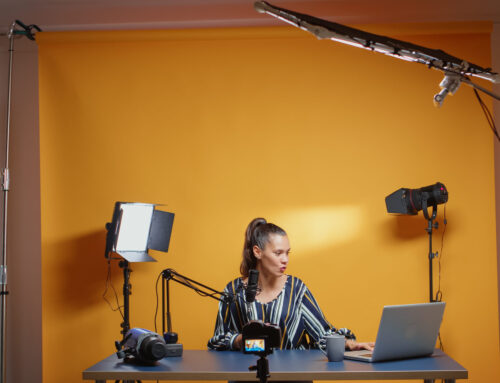
Emily Roush-Bobolz
Thanksgiving may be next week, but year-end is a great time to thank your supporters. If you don’t think you can pull together a thank-you video quickly, Emily Roush-Bobolz, Communications Manager at the Hemophilia Federation of America shares how she did just that. ~Kristina
Guest Post by Emily Roush-Bobolz
It was that time of year to send our Thank You cards for the most thankful of all holidays, Thanksgiving. But why was I filled with dread instead of gratitude?
The thought of coming up with a fresh card design and sifting through mailing lists, and hoping we had our CRM as up-to-date as possible was weighing heavy on me. And I wondered if sending cards was really the best and most budget-friendly way to express our gratitude.
The luck of timing seemed to be with me that year. An email promoting Kivi’s webinar “How to Create a Thank You Video by Thanksgiving” popped in my inbox. Great idea, but our challenge is only a handful of staff work in the same place. The rest of us are scattered throughout the United States. We host events throughout the country all year long, but we hadn’t planned for this by taking video throughout the year.
Timing was on our side again as 27 of our 33 employees would soon be gathered in Cleveland to tour the site of our annual symposium, followed by a staff meeting. I quickly pulled together a storyboard for a thank you video, developed a draft script and rallied our creative/video expert to be sure he brought his equipment to Cleveland.
“As we planned this video, we looked toward awareness, but also letting our community know how much we sincerely appreciate them,” said Michael DeGrandpre, Associate Director of Communications/Creative at Hemophilia Federation of America. “Without our community, we would not exist, so this served as an opportunity to clearly tell them what they mean to us.”
Using Kivi’s example videos, we decided to use poster board and markers to have staff write messages of thanks. Between touring Cleveland and hours and hours of staff meeting, we pulled individual staff members and entire departments aside to capture them saying words of gratitude while they held their signs, including a sign in Spanish.
Michael zoomed in on signs, took snippets of staff creating the signs and pulled together enough video, for the moment. But we were missing one of our key departments – Advocacy – as time was not on our side at that moment and we ran out of time before they had to catch flights back home.
We solved that challenge the following week when Michael happened to be in Washington, D.C., while our Advocacy staff were there for a program. He gathered additional shots of the staff and images of the U.S. Capitol building in D.C. to capture the final footage we needed to pull the video together.
As we got into the editing process, we decided it seemed strange to have background music that was paused for the verbal messages from staff, so the creative plan changed, and we honed the script to cover the entire video.
“As the creative person, I took the voice-over we recorded and married that with the video clips we shot and other clips from throughout the year,” said Michael.
The final video was something we were pleased with, and something new and fresh compared to the cards we had done for many years. Throughout the process we made mental notes of all we would need to do throughout the following year to create a new video the following holiday season. The first steps were to remember to be grateful all year long and capture video throughout the year.
“Thanking donors should always be top of mind and maintaining a video clip library will streamline the process for us to create impactful thank you messages at any time,” said Ann LeWalk, Vice President of Communications at HFA.
As we worked through our first thank you video challenges, we discovered a process which could be valuable to another organization taking the plunge toward donor appreciation videos:
- If you can’t describe adequately what you want, then go out and find a similar video and show that to your editor/cinematographer so they can better understand your vision.
- Don’t be afraid to take risks and think outside the box with video. We are so used to stiff corporate material coming from organizations – they play it safe. Think of ways visually, or in editing or writing, where people will finish the video and think “WOW! That was cool! I’ve got to share that!”
- Shoot video all year long. Build a library. Every time we go to an event, we shoot a minimum of 10 10-second B-Roll clips, and at least one interview to explain what’s going on. All of this goes into a library so when a video like this comes along, we already have good clips to look at which will cover our needs.
- Your iPhone can be critical tool for capturing moments. Just make sure to hold the phone in landscape, not portrait! Any newer iPhone (or smartphone) is equipped with incredible video technology, including 4k quality video, and a built-in stabilizer so your shots will always be smooth and professional. You don’t need to be Spielberg to get the shots you need.
Emily Roush-Bobolz is the Communications Manager for Hemophilia Federation of America. She has two degrees in mass communications as well as integrated marketing, and has worked in communications for nearly 20 years. She began her career as a newspaper reporter for The Des Moines Register, but when the newspaper industry changed, she began working in communications and fundraising for nonprofit organizations in healthcare and higher education. She calls Iowa home, where she lives with her husband, two biological children and three step-children (and two cats).






